The importance of history – advise to new students
One of the things I most value about being part of the DS106 community is that it makes come alive years of theory and research on the creative process.
On this post I want to talk about Bagman, a character that is part of the DS106 oral tradition and how it relates to a systemic theory of creativity.
I started the week looking for a photo of ‘the little paper bag character’ I had seen on Twitter some time ago. I thought it was created by Martha Burtis but soon found out that it was Brian Short’s original idea, that it was called Bagman and that he had ran for president in the past with a comprehensive campaign being staged by past DS106 participants. He has become an assignment on the DS106 bank.
His most recent appearance was to claim his own domain at UMW, a trailer well worth watching. Search for him on the google and there are pages of fun art to listen to and watch, all to do with this little paper bag creation.
Why bother writing about him? Other than the obvious prima facie reason that he is awesome, there are those out there who need a rationale for having fun, if that is not too much of an oxymoron. Sheep! I needed a rationale to join this cult #4life not too long ago.
So let me be serious for a minute and bring to bear my academic expertise as the DS106 Shrink to the important subject that is Bagman or B. Agman as I believe he is known on Linkedin. The dry and boring diagram on photo set above, explain systemic creativity. I put it here for completeness but will only focus on what is relevant to this story.
As I was digging into the history of DS106 through finding out about this little character, I had a lived experience of what Csikszentmihalyi (the guy responsible for boring diagram) means when he says that we need to ask where is creativity? Rather than, What is creativity?
In psychology often the focus is on the person and how to develop individual creativity. Until I came across this model I used to focus all my workshops on individual creativity too. But the individual is not an island and in order for creative output to obtain, we need to look beyond the ‘I’. The individual belongs to a field or craft. In that field there are colleagues, journals and review processes that determine what becomes part of the domain of that field. The acceptance of a given output by the field into the domain determines what future students learn as the symbol system for that field that they can then deviate from – the symbols they will manipulate to become creators. A key thing the theory proposes and one that is often forgotten by those who want to encourage creativity is the need of years of training and practicing to learn that symbol system – in other words you will not become Einstein without learning physics.
This is similar to what Ira Glass says about practicing your craft. You will suck for a long time as you learn your craft, what you do will not be accepted in the field and even if your taste is impeccable all the way through your output will not match your taste. Do read Alan Levine’s latest post to understand more about this and learn a lot about what teaching means within our little DS106 community.
What does all this have to do with Bagman?
I have always struggled to explain this theory to my students. It seems self evident to me, but not often to others on first seeing it. I can now explain it with Bagman. Tracking his story this morning taught me a little more about the people who ‘are’ DS106 today, this will help me join the conversation. It is always tough to come into a party where you don’t know anyone; knowing their war stories, their recurrent jokes and developing an ability to contribute to their interactional currency will help you join in. In some ways, all we have online is this narrative history to establish relationships within an existing social system.
If you are coming in new to DS106 it would pay you to study it narrative history or as I think of it, its oral tradition.
The open web is a great repository of this tradition as many students before you have engaged with the course and produced creative outputs for it. DS106 has a symbol system and it is not so obvious without studying a little history.
The characters and the creations of the students involving each character were the medium through which students became part of the social system that is the field of DS106. If you look at the content only (the tools, the assignments, the weekly announcements) you will miss a core element of what makes this community special. The way to be accepted within it is also by knowing its history through narrative. You can then locate individuals and their roles within the community through the history they share.
The big difference between being a DS106 student and being a physicist is of course that neither the social nor the symbol system through which people interact is made explicit when you join it. You have to dig for it, and realise that it matters. It matters not because Bagman will change your world or teach you digital storytelling techniques (although he might), it matters because it is a history that the community shares and often talks about.
I am also very aware in making artefacts that there is a difference between making things for the DS106 community, with the intention of engagement and interaction and making things for a wider social system. Much of what I make within this community is pretty meaningless to those outside it or new to it. From an individual creativity perspective I am practising digital storytelling whatever the content. If that is your intention in joining the social and symbol systems may be do not matter.
Yet, seeing DS106 as a domain of knowledge in itself with a symbol system embedded in its oral tradition, its content maintained informally by the social system interacting around these symbols, may enable new open participants to participate more fully in the learning process.
And we are all pretty vain, so we love to be asked about what we have made and why we have made it! If you are joining us on March 18th for the first time, welcome to the party.
Campaign gif source; http://blog.neverthesameriver.com/change-its-in-the-bag-design-assignment/
Video for Bagman in London gif: http://youtu.be/mdxolXh3U60
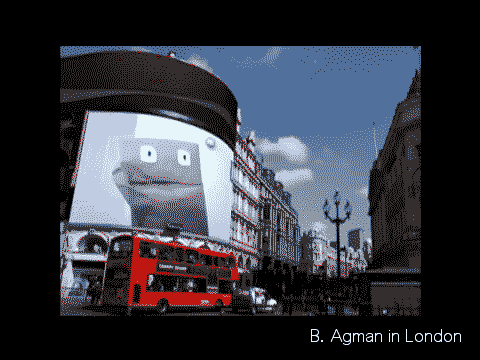
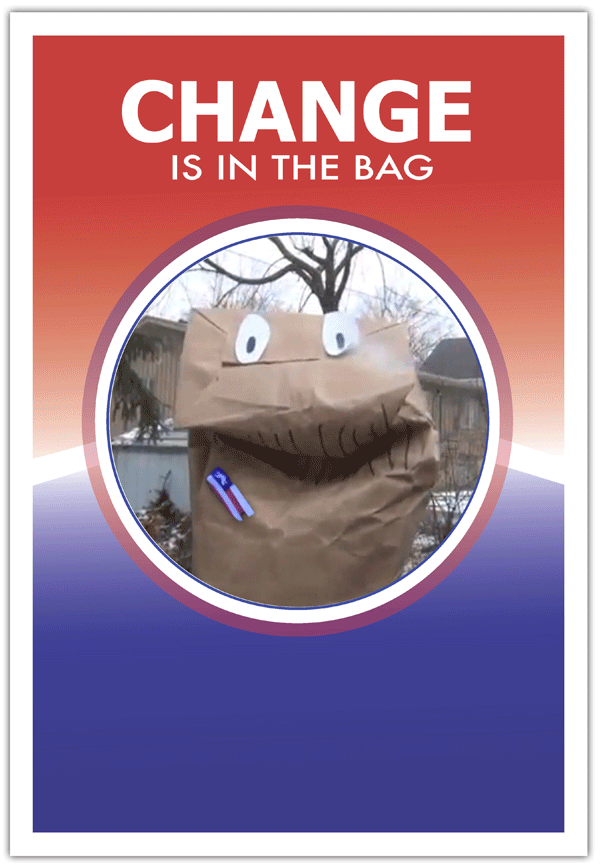
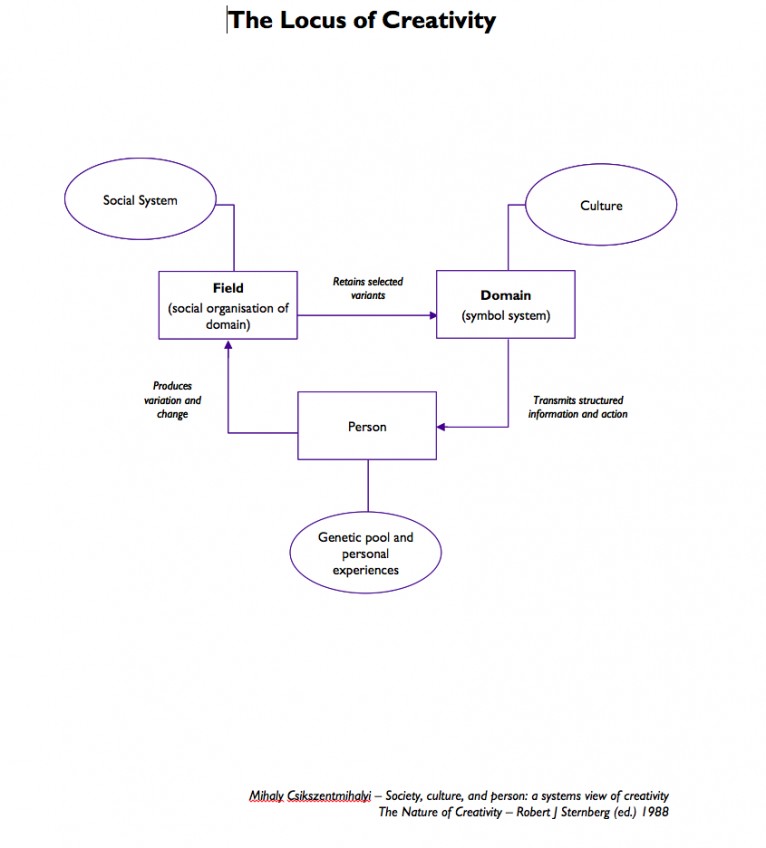
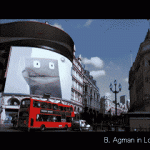

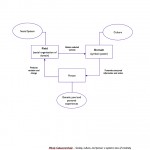
Leave a Reply